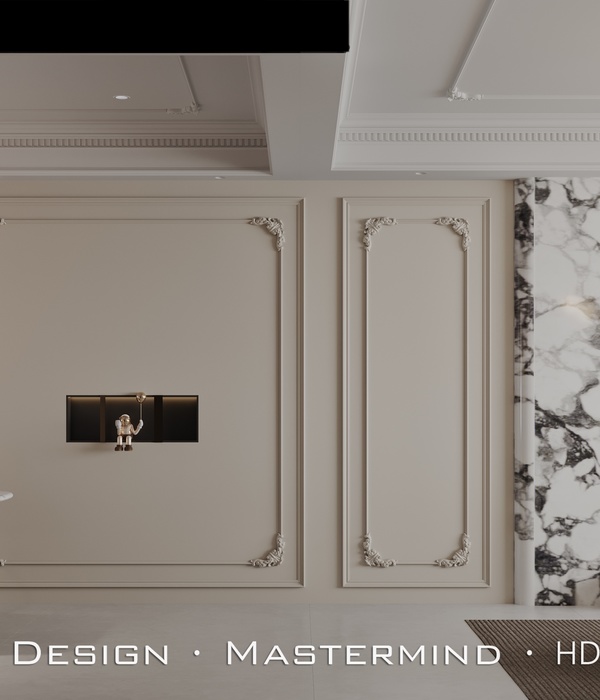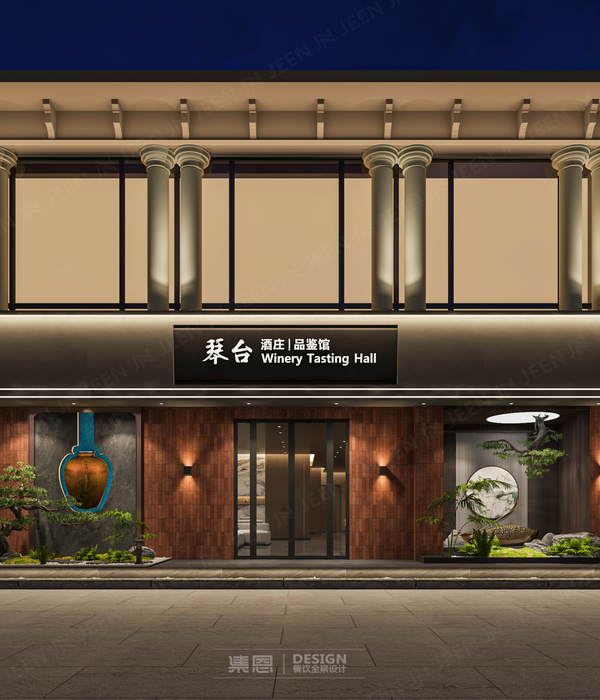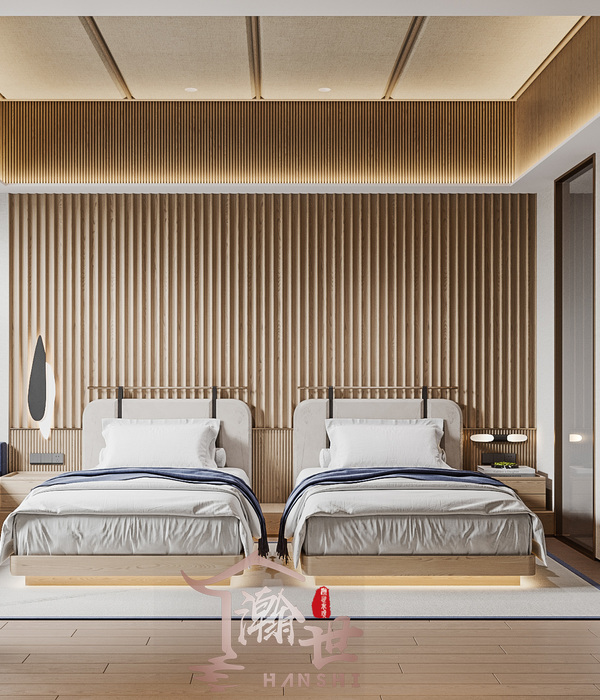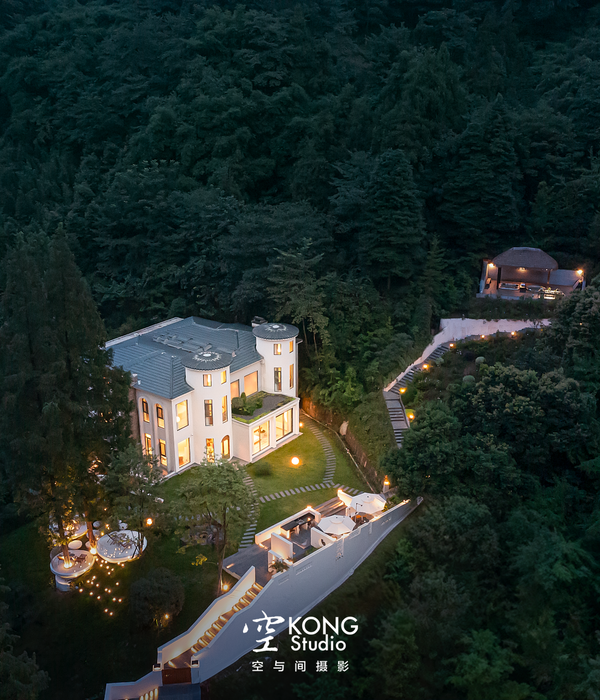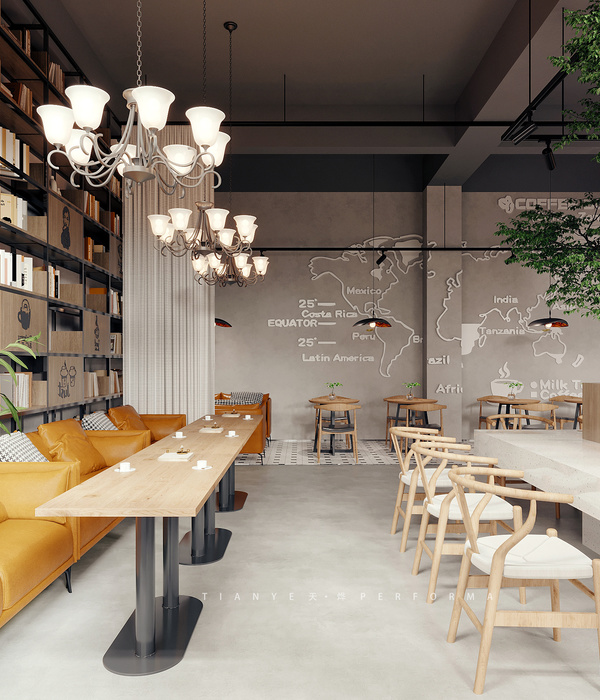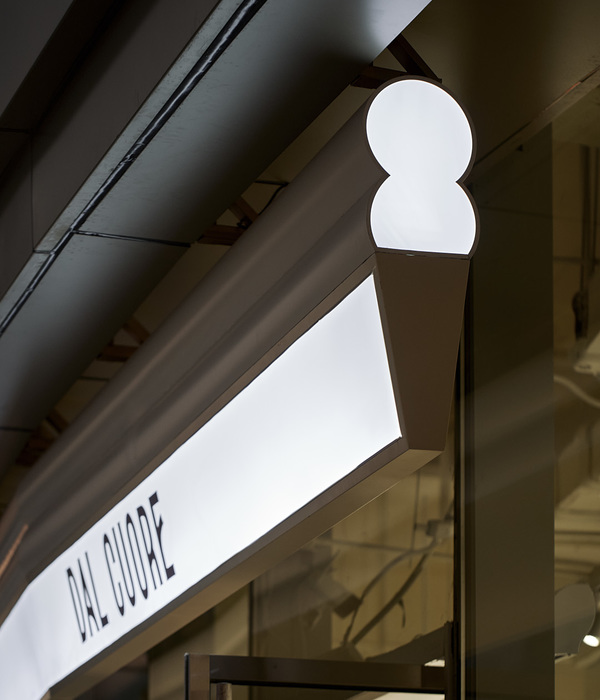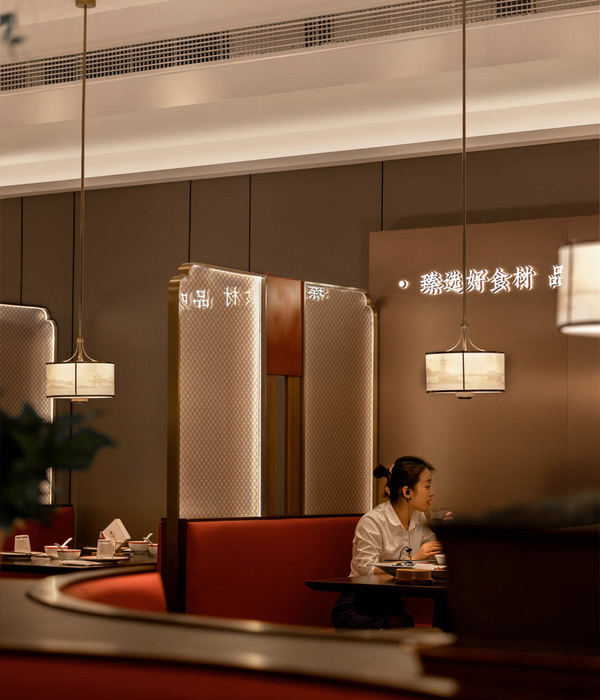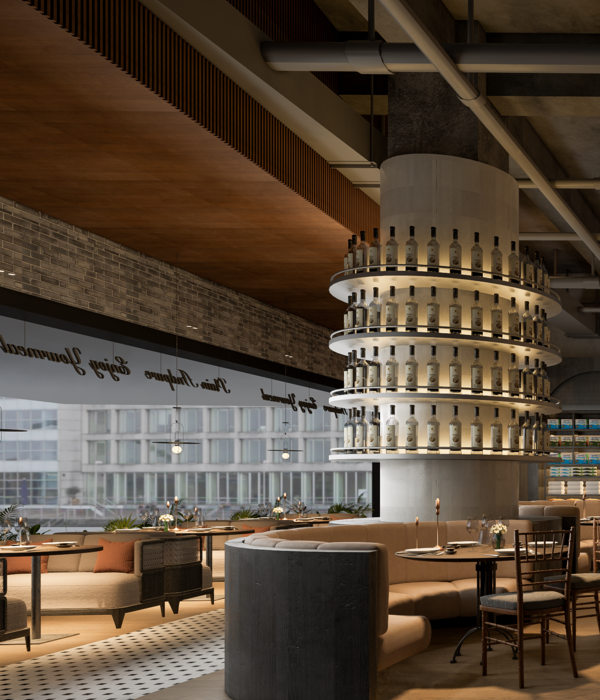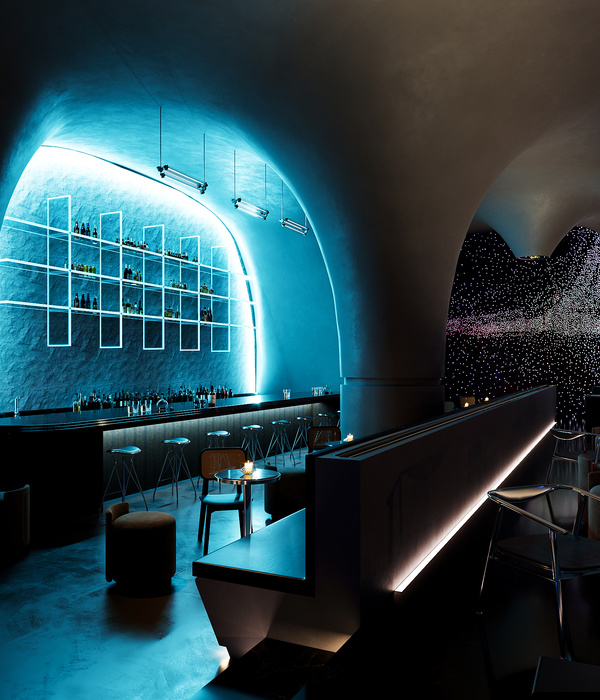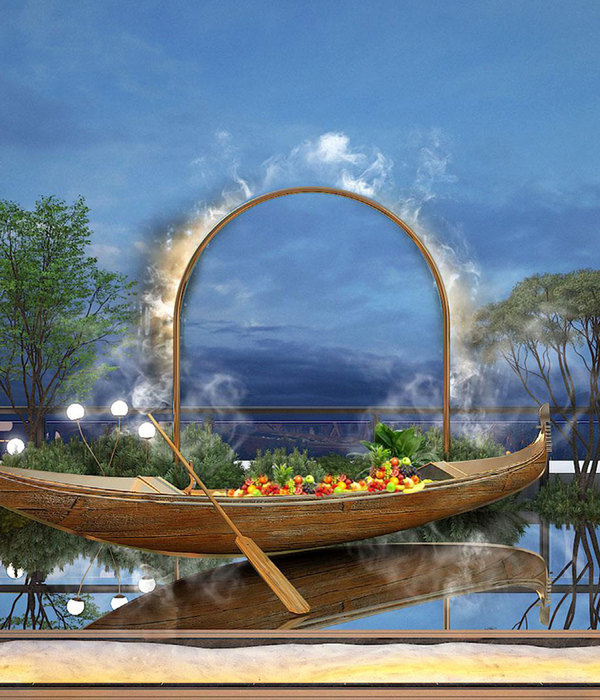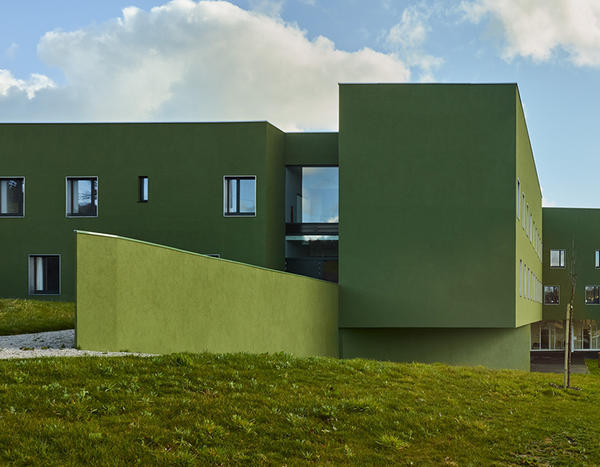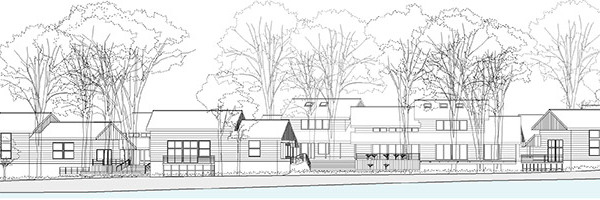TEMP建筑事务所新作阿家茶室位于杭州西部西溪湿地。内部生态资源丰富、自然景观幽雅,部分景观距今已有1800年历史,是享誉全球的国际湿地公园。
Beijing-based architecture studio, TEMP, has designed a tea house in Xixi Wetland located at the west part of Hangzhou, China. Xixi Wetland is a national park densely packed with ponds, lakes, and swamps which also has a 1800 years of cultural heritage.
▼茶室外观,exterior view
▼各个小空间被水池和树木区隔,pools of water and trees divide the larger space and create shade for the seating areas
室内大部分面积为私密性较高的茶室包间,分散排列在空间中,由石质走廊相连接。茶室包间由砖墙包围,在功能上满足了空间的私密性,同时,木格栅和墙体间的缝隙,又使空间保持了开放的态度。在材料的选择上,由重到轻,由实到虚,多种透明度不同的材料并置,共同塑造了这一空间。
The larger indoor space is formed by placing private rooms for drinking tea. These rooms are scattered around with stone paths connecting each other. While they are walled off by bricks to create a certain level of privacy, wooden louvers and gaps within walls offer a sense of opening. Varying levels of transparencies from heavy and solid to light and open form spaces of many layers.
▼木格栅和墙体间的缝隙,使空间保持了开放的态度,wooden louvers and gaps within walls offer a sense of opening
▼由重到轻,由实到虚,多种透明度不同的材料并置,varying levels of transparencies from heavy and solid to light and open form spaces of many layers
▼茶室包间由砖墙包围,在功能上满足了空间的私密性,while they are walled off by bricks to create a certain level of privacy
建造上,主要的材料是简单朴实的砖、木头、石头、竹子。砖墙在垂直方向上将空间进行区隔,局部挖空使空间相互渗透,木格栅以推拉、摆动的方式建立茶室的开合系统,其中一部分家具和室内亭阁使用了当地的竹子,并以榫卯的结构连接。
The tea house is mainly built with the simple materials as bricks, wood, stones, and bamboo. Bricks are layered vertically with certain parts left porous. Wooden louvers slide or swing to open and close the tea rooms. A few furniture and a pavilion are made from local bamboo structured in tenon joints.
▼室内亭阁使用了当地的竹子,并以榫卯的结构连接,a pavilion are made from local bamboo structured in tenon joints
室外庭院由不同高度的花岗岩台阶和平台组成,各个小空间被水池和树木区隔,同时,树木为室外座位提供了幽静且舒适的环境。阿家茶室以朴素的材料和现代的方式建构了传统的中国饮茶空间,并且在空间中不断探索,如何将室外景观引入室内,在私密与公共中建立多层级。
The outdoor courtyard is stepped into different heights of granite stairs and platforms. Pools of water and trees divide the larger space and create shade for the seating areas. The tea house creates a place for drinking traditional Chinese tea in a modern way using simple materials. The project is spatially exploring to bring outdoor landscape indoors and to form layers of varying privacy and openness.
▼室外庭院由不同高度的花岗岩台阶和平台组成,the outdoor courtyard is stepped into different heights of granite stairs and platforms
TEMP, Beijing Website: http://te-mp.org Email: office@te-mp.org Date: 2019 Team: Howard Jiho Kim, Zihua Chen, Dakyung Hwang, Tianhao Zhou 设计团队:金智虎 陈姿桦 黄多卿 周天浩 Photography by Weiqi Jin 摄影:金伟琦
{{item.text_origin}}

